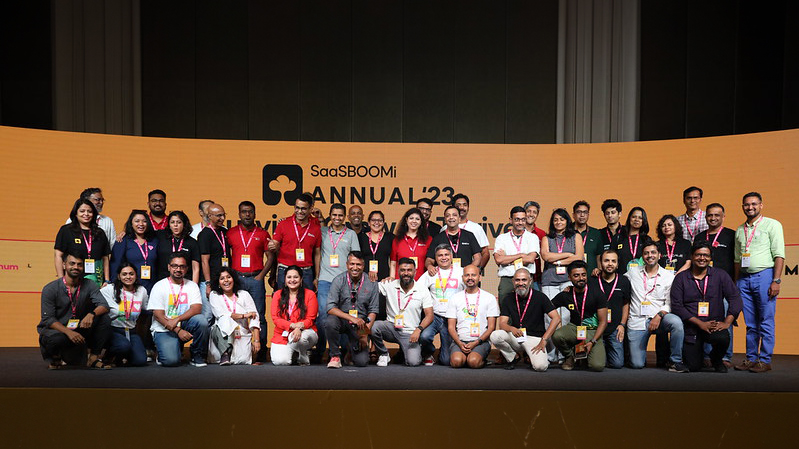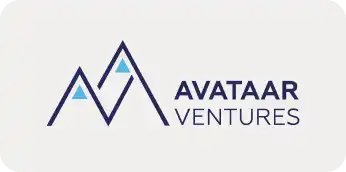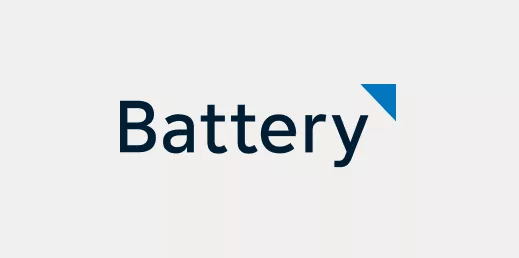The US is a mature market in terms of the adoption of software, and the B2B landscape is particularly competitive. In 2020, it accounted for nearly 60% of the global SaaS market. But the proliferation of software also means that if you have a truly differentiated product, it has an opportunity to do well, because the customer is more likely to appreciate its utility.
For an early stage founder, winning over a customer in the US is not just about the product they’re selling, but also about their sales pitch. The journeys of some of our founders and mentors offer great insights into understanding the minds of US customers. The playbook of finding your first ten enterprise customers in the US needs a different approach from the way you approach sales in India.
Raviteja Dodda, the founder of MoEngage, Mohit Garg, CEO and co-founder of Oloid AI and formerly founder at Mindtickle, and Sahil Aggarwal, the CEO and co-founder of Rattle, who have been through the motions of onboarding and retaining B2B customers in the US, talk about the approaches that work best, and some that founders should absolutely avoid.
Don the salesman hat early
It is imperative that the founder steps into the role of the salesman in the early days of the company. That hustle in the early days leads entrepreneurs to a greater understanding of the need in the market, the way their product can solve those problems and the triggers that will aid further development of the product roadmap.
Ravi was the one pitching and selling to customers until the company hit $500,000 in revenue, after which he brought in sales specialists. The reason this early sales motion from founders is so important is because no one understands the product like the founder does, and people buy from you in the early days. More importantly, having conversations with customers in these early stages helps validate the utility and demand of what you’re building. This is because in the pre-PMF stage, founders have the ability to drive changes in roadmap and engineering, which hired sales reps will usually find harder to do.
When you make the move from India to the US, there are certain things to understand about the customer relationship. “When you build your product based on very transactional customer conversations at an early stage, you could get indirect signals. Customers may not be willing to share a lot because you have no credibility or very limited relationship building opportunity. But once you have a warm introduction, even better, face to face, you can earn that credit with the customer. The customer is willing to let their guard down, even sharing things off the record which are very insightful for you,” says Mohit of Oloid. Mohit is a very interesting personality. He originally co-founded Mindtickle and was one of the first from the company to move to the US. He subsequently branched off and started up again but this time as a US-native company.
“Once you have a warm introduction, even better, face to face, you can earn that credit with the customer. The customer is willing to let their guard down, even sharing things off the record.” – Mohit
If you do end up hiring a couple of account executives in the US, visit/present to potential customers together with them. You can even be the pre-sales person in that meeting and introduce yourself as such, as opposed to introducing yourself as the founder, which sometimes makes the conversation move away from the account executive.
These insights from Mohit, translate into better products and eventually a superior customer experience.
Bringing advisor expertise onboard
Early stage founders should not be afraid of getting their hands dirty but challenges, just like life, aren’t tailor-made. So you may have done all your homework about a customer or a meeting, and something could still catch you off guard.
This is where the expertise of advisors becomes an asset. Advisors can help break the ice with customers and make crucial first introductions. It was the same for Sahil. He can’t stress the importance of having other CEOs, seasoned founders, and potential advisors to help you navigate the US market early on.
Ask Mohit, whose first entrepreneurial venture, Mindtickle, managed to sell their product remotely from India in 2013-14. These were pre-pandemic times when remote selling wasn’t an easy concept for many customers to grasp. “We had the right advisors and investors who guided us. We were already structured and set up for targeting the US as a primary market. We built the product in India and once the product was ready, we started selling it remotely. These were very early days for selling remotely from India,” he remembers.
These advisors are also people who help navigate difficult situations when it comes to retaining these customers or rescuing a deal that may have gone off the rails. Advisors, in this instance, are not just sounding boards for founders to use in times of need but also become weathervanes. They can suggest evolving product roadmaps depending on changing economic conditions or radical technology changes in the market.
Find innovative solutions
In India, generating leads for SaaS or software-focused businesses is still evolving. In the US, lead generation is a more mature process, and hence works more systematically. The way you approach customers in the US, therefore, is very different from how founders may be used to in India or even Asia.
“Targeting, identifying a smaller set of customers, not spraying and praying, and making it non-transactional in early days, creating champions is the right seed to adopt.” – Mohit
“Identify the initial set of customers, who would be champions of your product, who will be willing to invest not just in a transactional business relationship, but in the success of your product and your business,” says Mohit.
He adds that the most obvious way to make inroads is to cultivate a relationship with a buyer. The second strategy is being very intentional about identifying your target segment.
“Targeting, identifying a smaller set of customers, not spraying and praying, and making it non-transactional in early days, creating champions is the right seed to adopt. Over a period of time, you’ve got to make it scalable. You’ve got to make it repeatable. But initially, the wisdom would be to focus on non-scalable methods,” says Mohit.
Finding champions inside companies can be tricky. One approach that worked well for Ravi, which he figured out after making “a ton of mistakes,” was to engage Indian employees at potential customers. For MoEngage, this targeted approach ensured that these employees were aware that Indian e-commerce marketplace customers were credible logos. Instead of having to explain their product and client credibility to a completely new customer in the US, this approach ensured a way to potential customers.
“Identify the initial set of customers, who would be champions of your product, who will be willing to invest not just in a transactional business relationship, but in the success of your product and your business.” – Mohit
There is no true science for finding the first 10 customers for SaaS companies, it is equal parts luck and elbow grease, what works for one founder may not work for another depending on the vertical. But the first principle of approaching customers, listening, picking up cues and being humble doesn’t change across geographies. Founders will need to remember that selling in the US is as good as starting up again, everything else flows from there.
This article was originally published on Limitless.



























